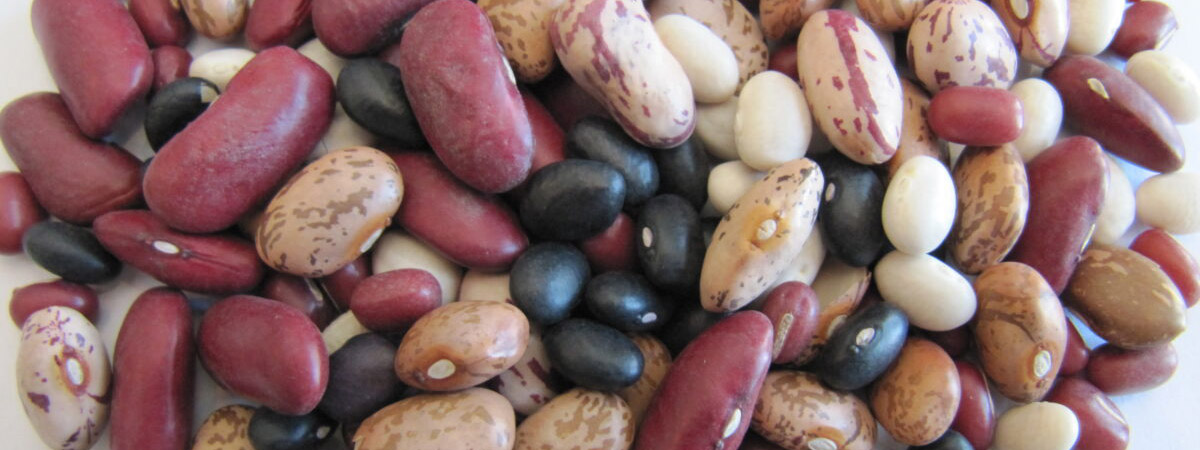Annual variety performance information and is published by the Ontario Pulse Crop Committee at www.gobeans.ca. The website also hosts variety descriptions.
Before deciding on a market class, carefully consider the unique production requirements and risks for each class. There are differing seed sizes and plant architectures that may dictate the required equipment and harvest method, and for some classes there are distinct challenges in meeting quality standards. Most dry edible beans in Ontario are grown under contract; consider the various marketing opportunities and contract options.
In choosing a dry edible bean variety, consider:
- growth habit (e.g., upright or vining)
- days to maturity
- yield potential
- suitability for intended harvest method
- disease resistance/tolerance (e.g., anthracnose, bean common mosaic virus (BCMV), common bacterial blight (CBB)
Choosing varieties of an appropriate maturity is of primary importance. The variety information from seed dealers and the Ontario Pulse Crop Committee indicates the number of days to maturity for each variety. Select varieties that will mature within the first 3 weeks of September, when the weather is generally more favourable for harvest and the opportunity for timely winter wheat planting exists. Harvesting in dry weather will help maintain high bean quality.
Varieties are rated for resistance to two important diseases: bean common mosaic virus (BCMV) and anthracnose. Currently all bean types are susceptible to white mould, however adzuki beans have higher tolerance.
Kidney beans are more susceptible to root rot than other types and for this reason grow best on loam soils. Black and adzuki beans have a stronger root system than other bean types and can be grown on a wider range of soil types; however, adzuki beans take longer to emerge than other beans because of their hard seed coat and are therefore more susceptible to emergence problems on crusting soils. White bean varieties are rated for their suitability for direct harvest. When dry edible beans are grown in narrow rows, select varieties with an upright plant type since direct harvest is the only option.
